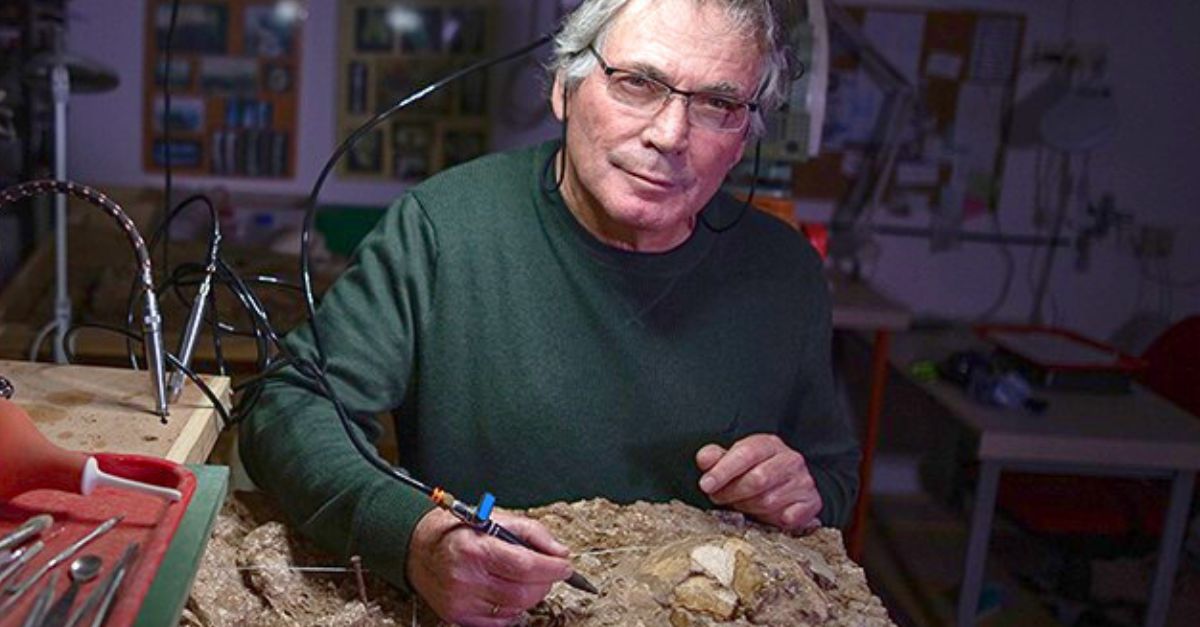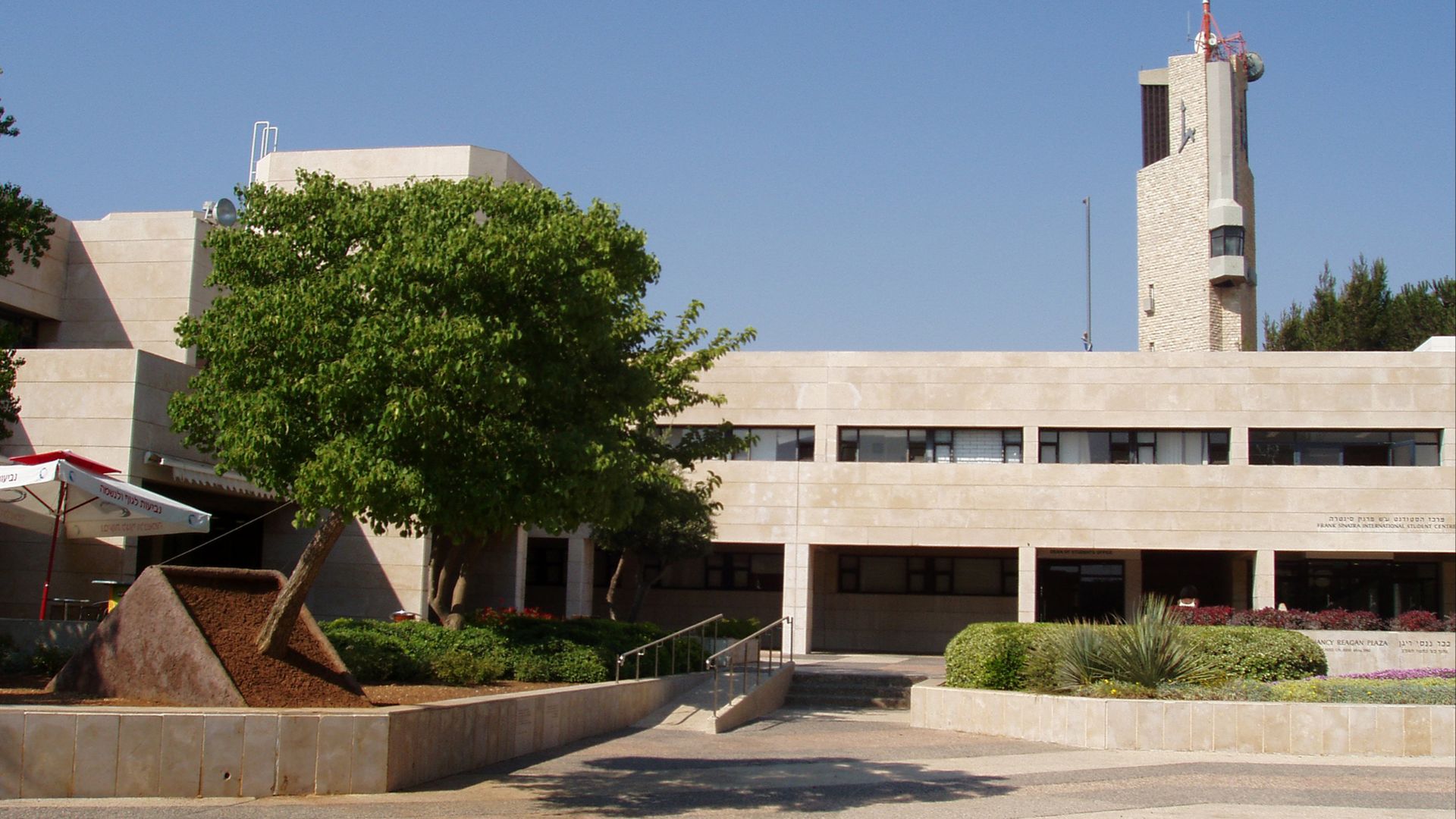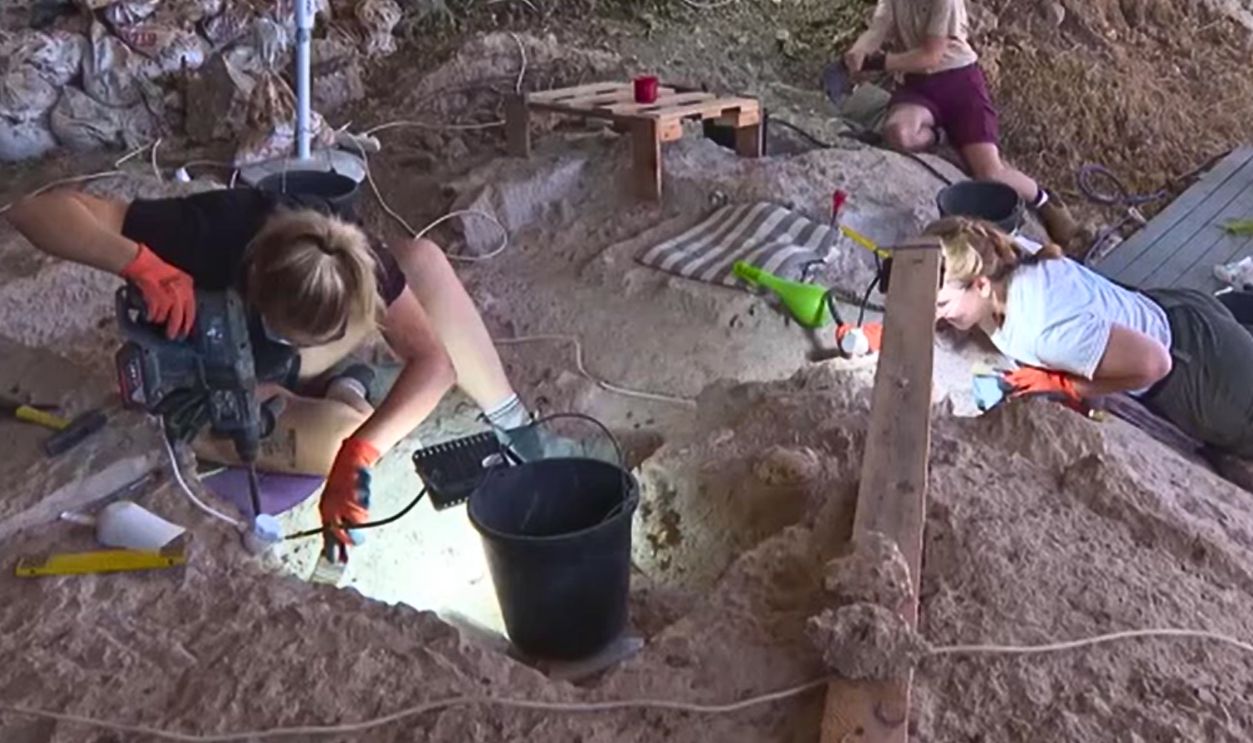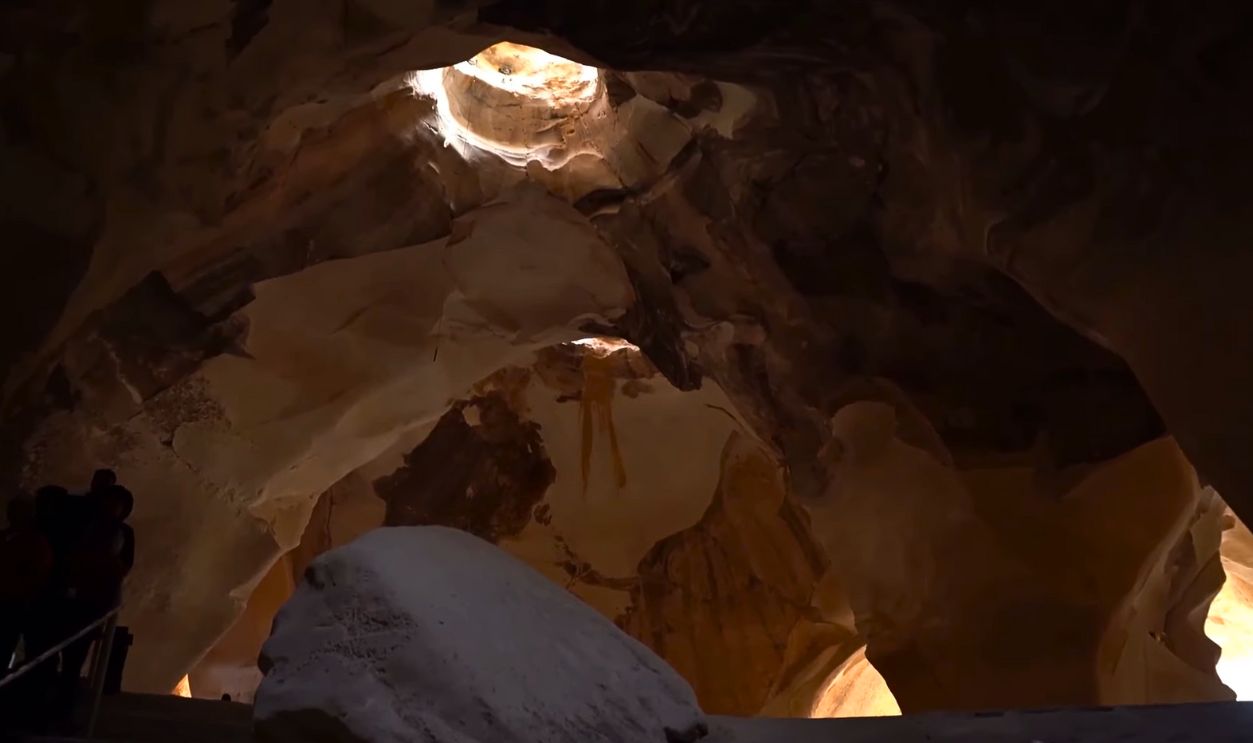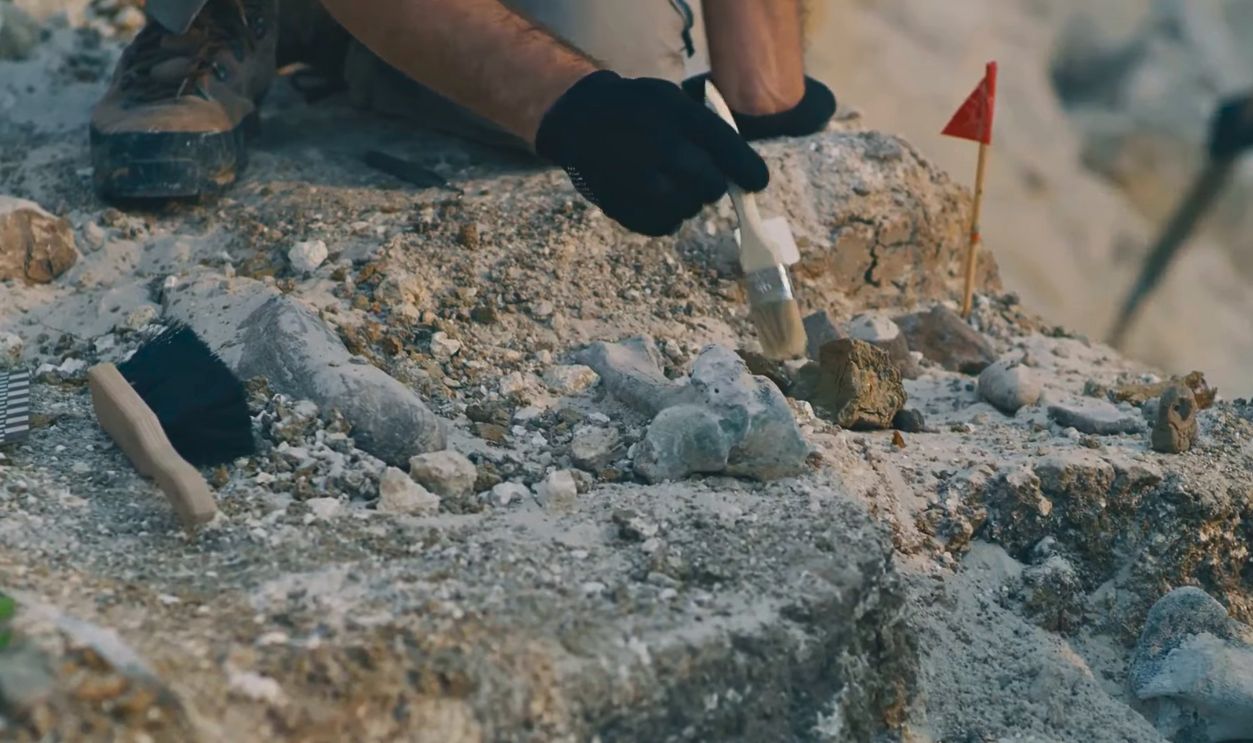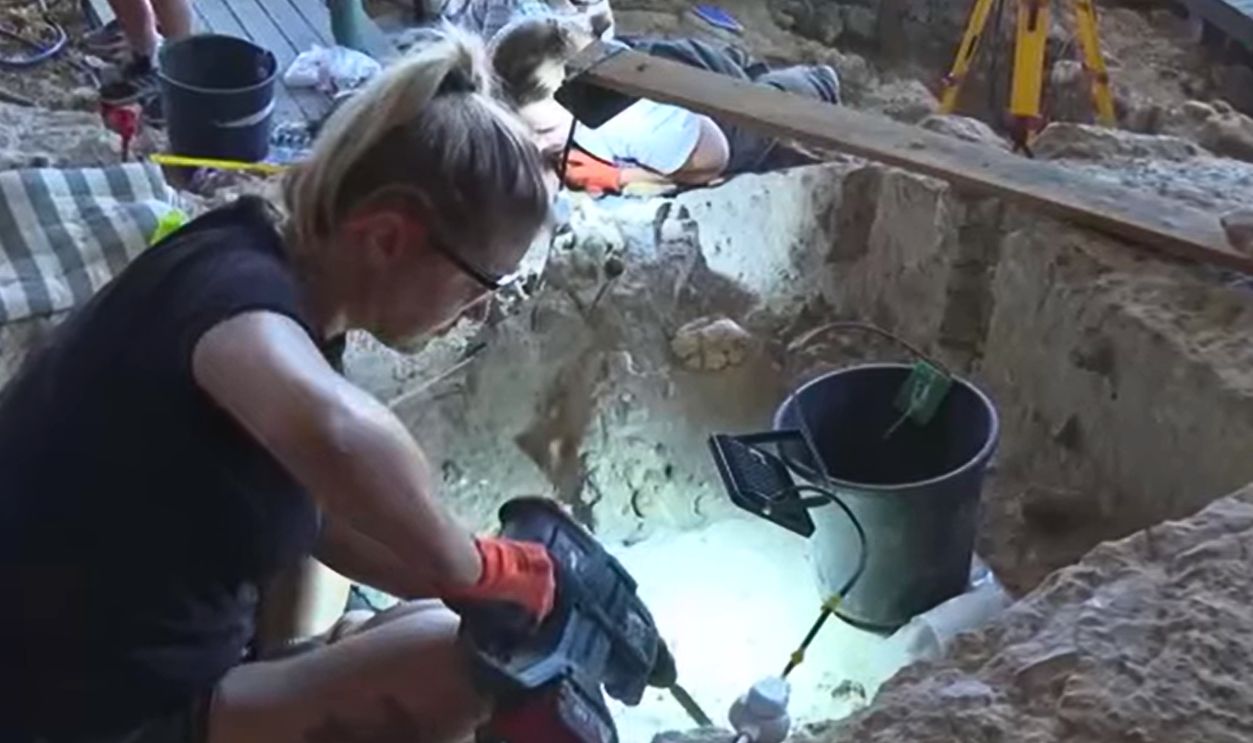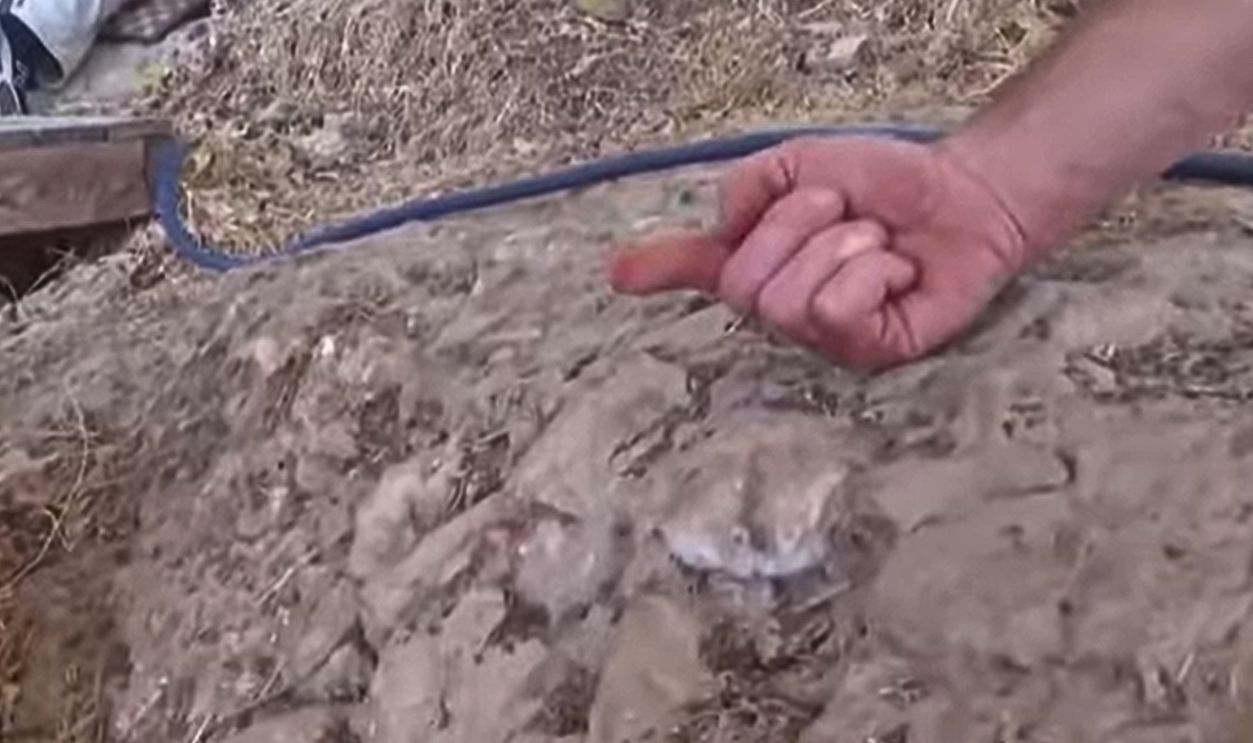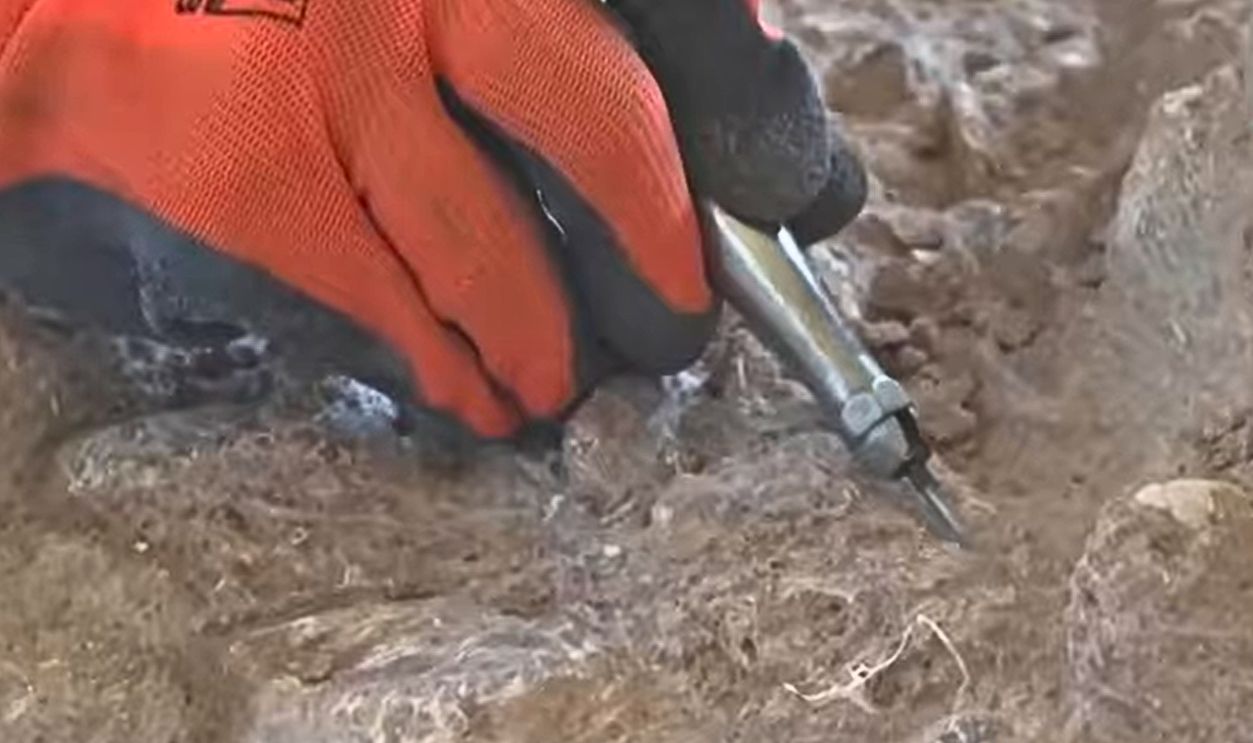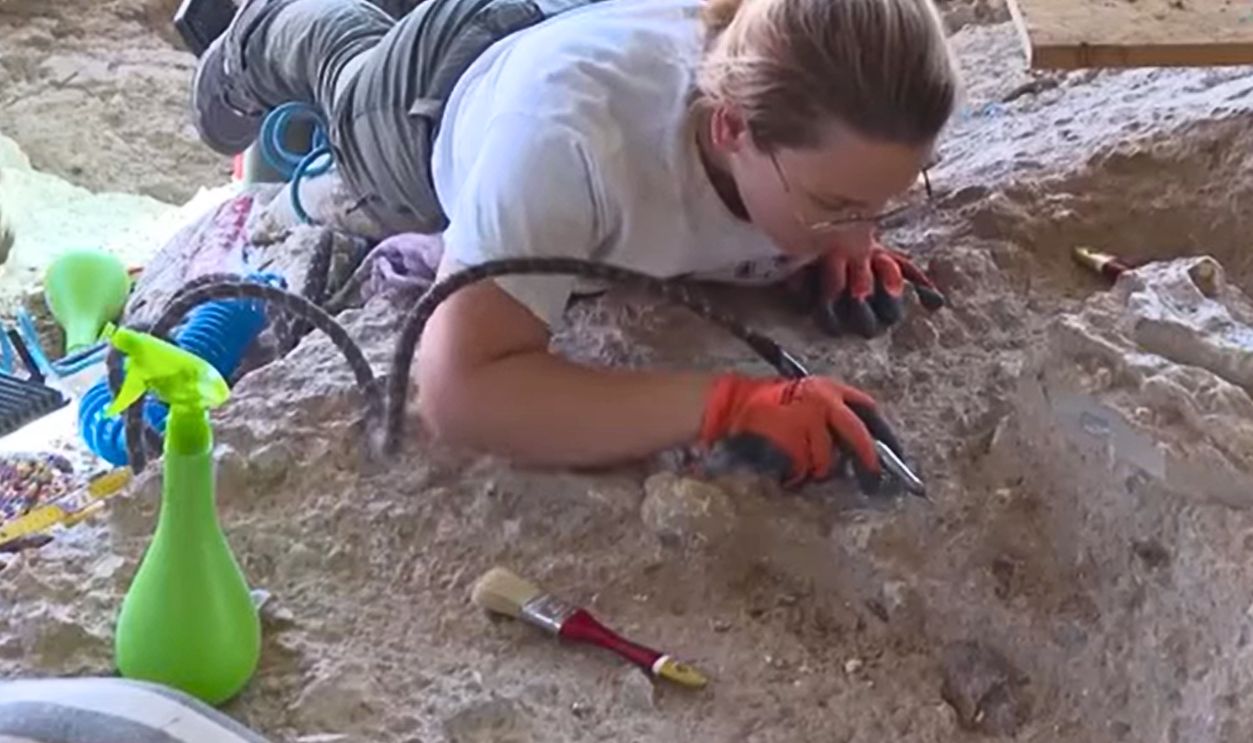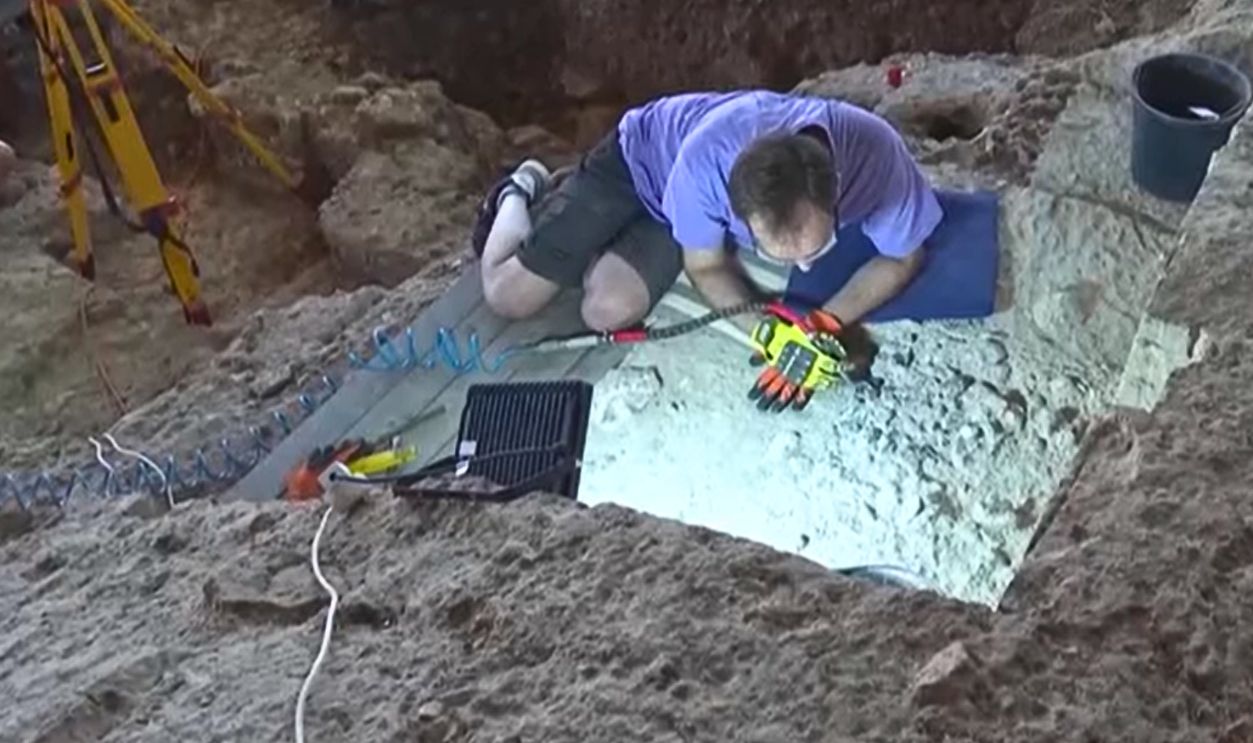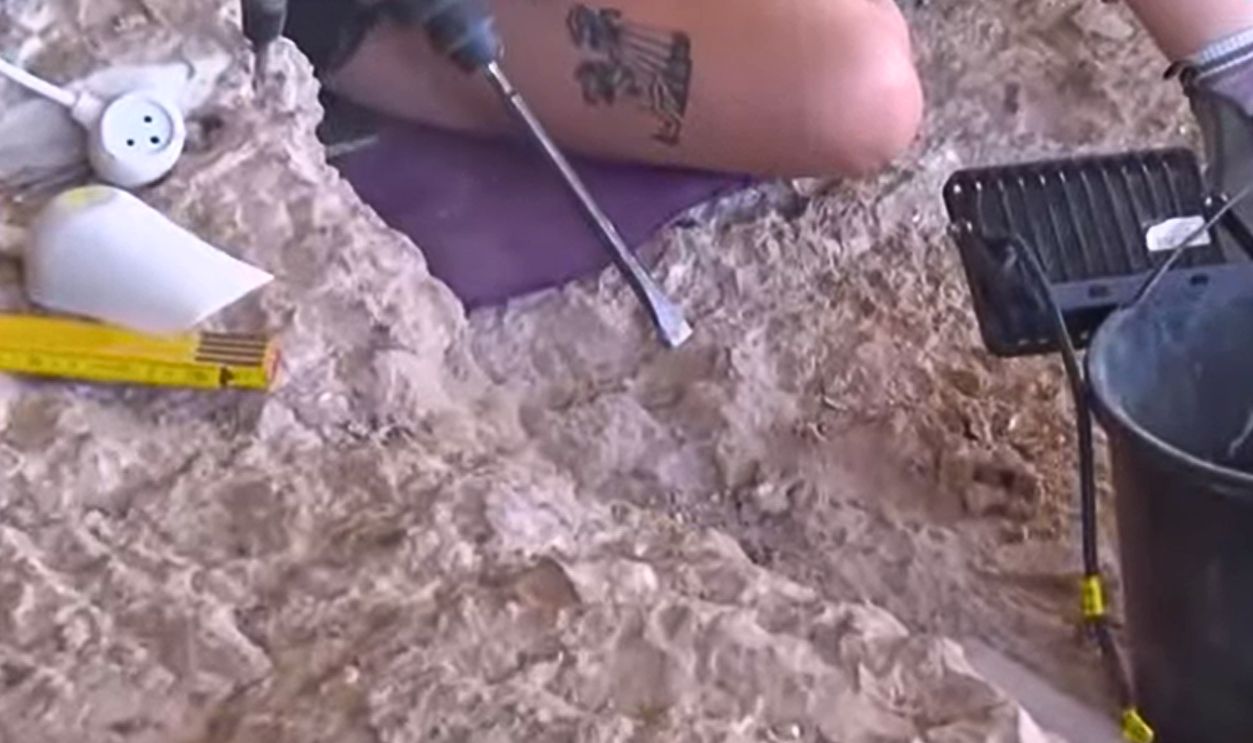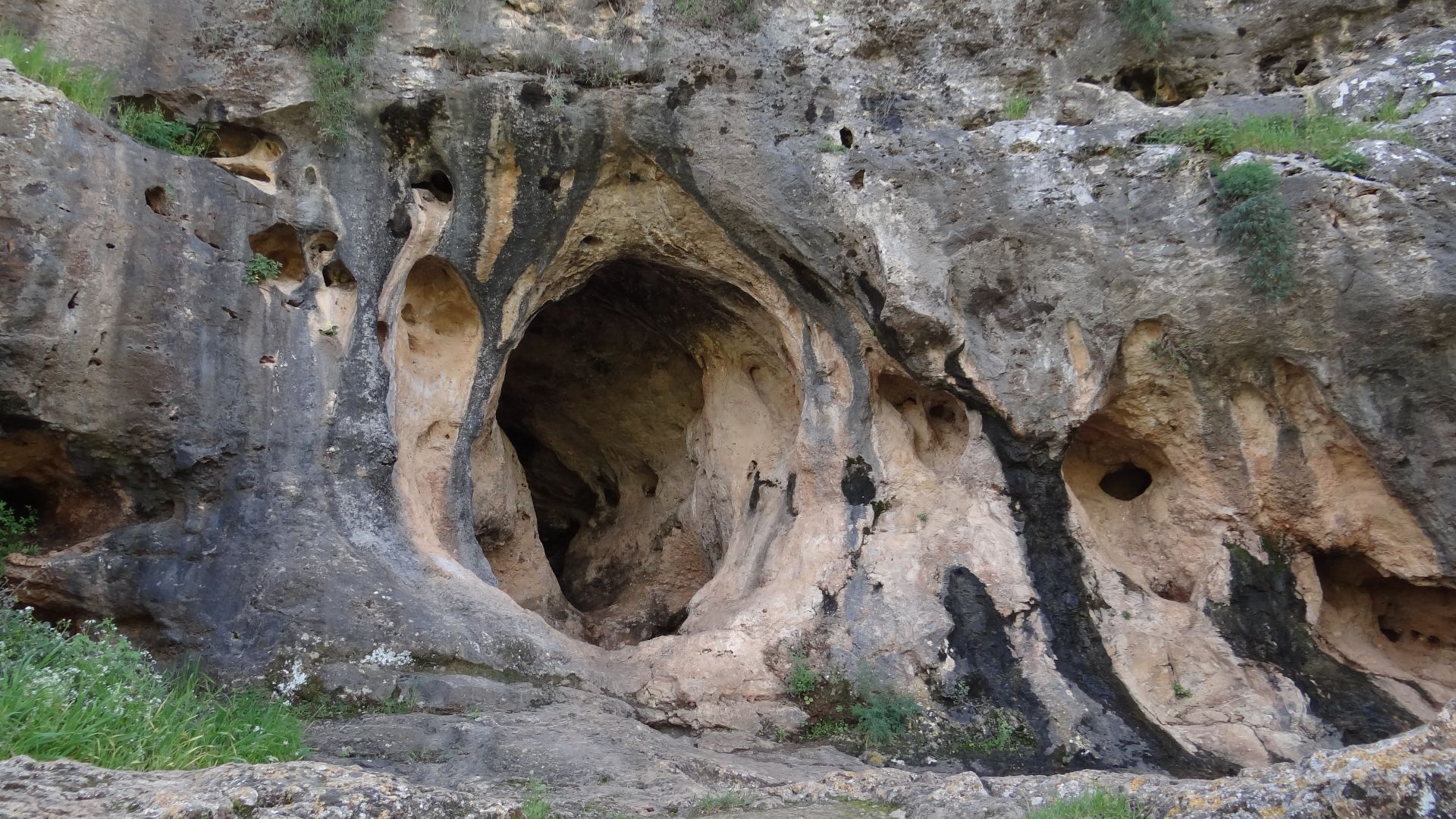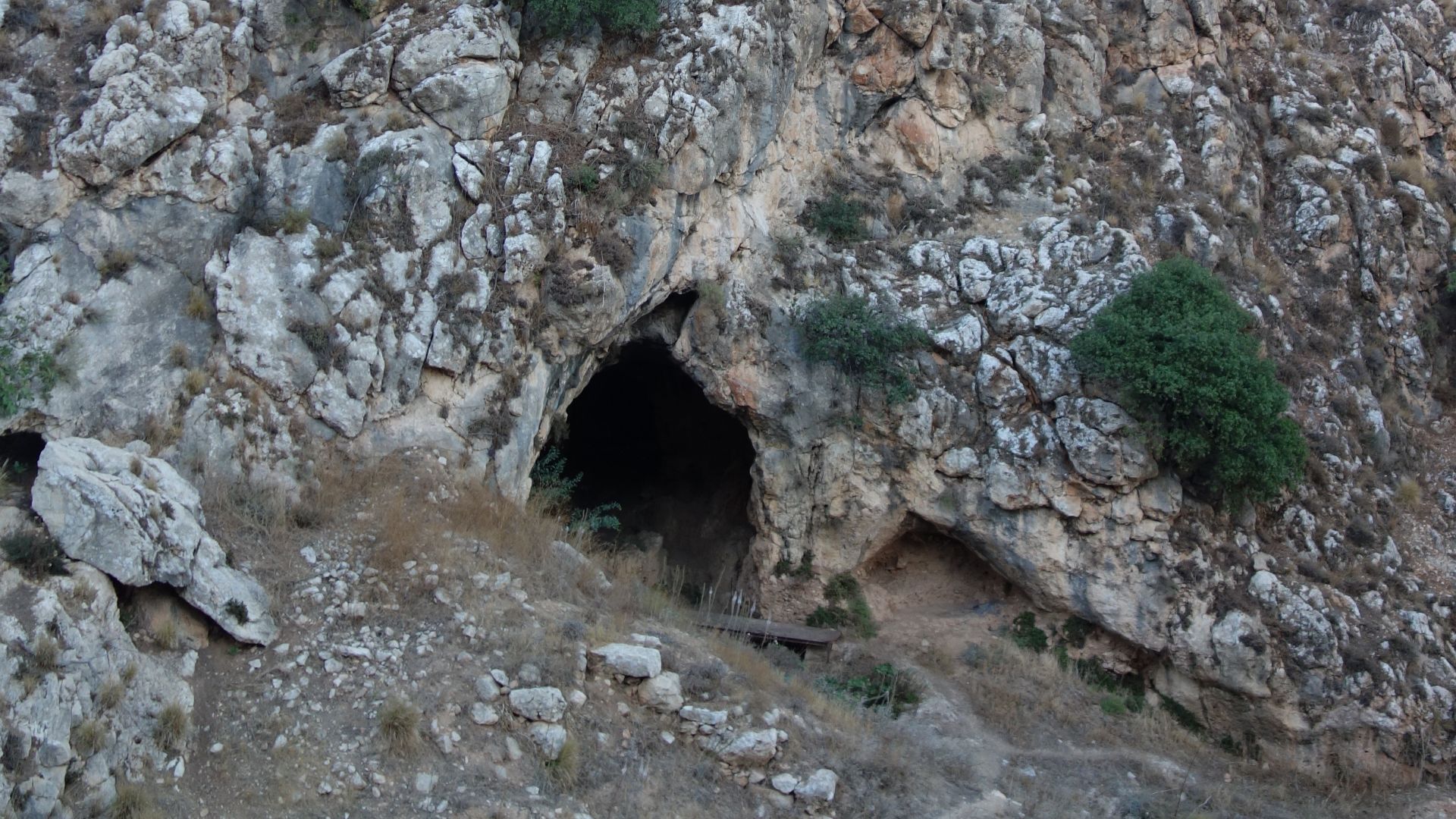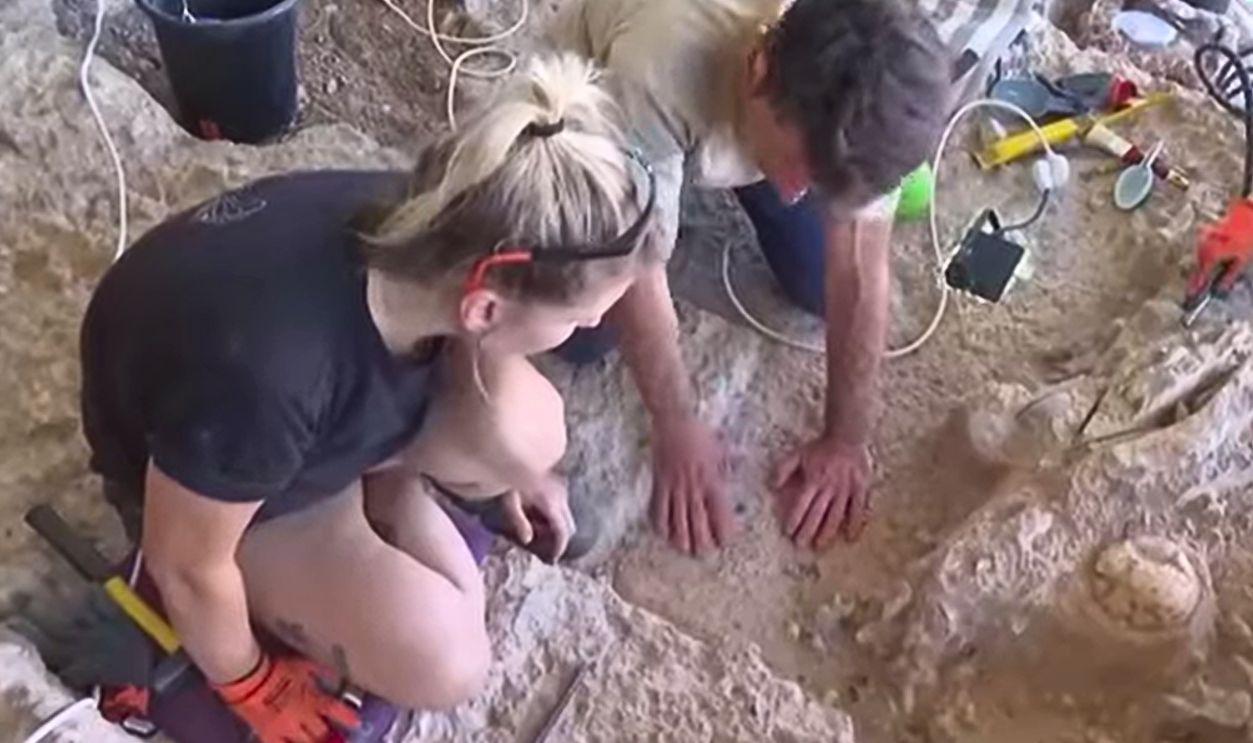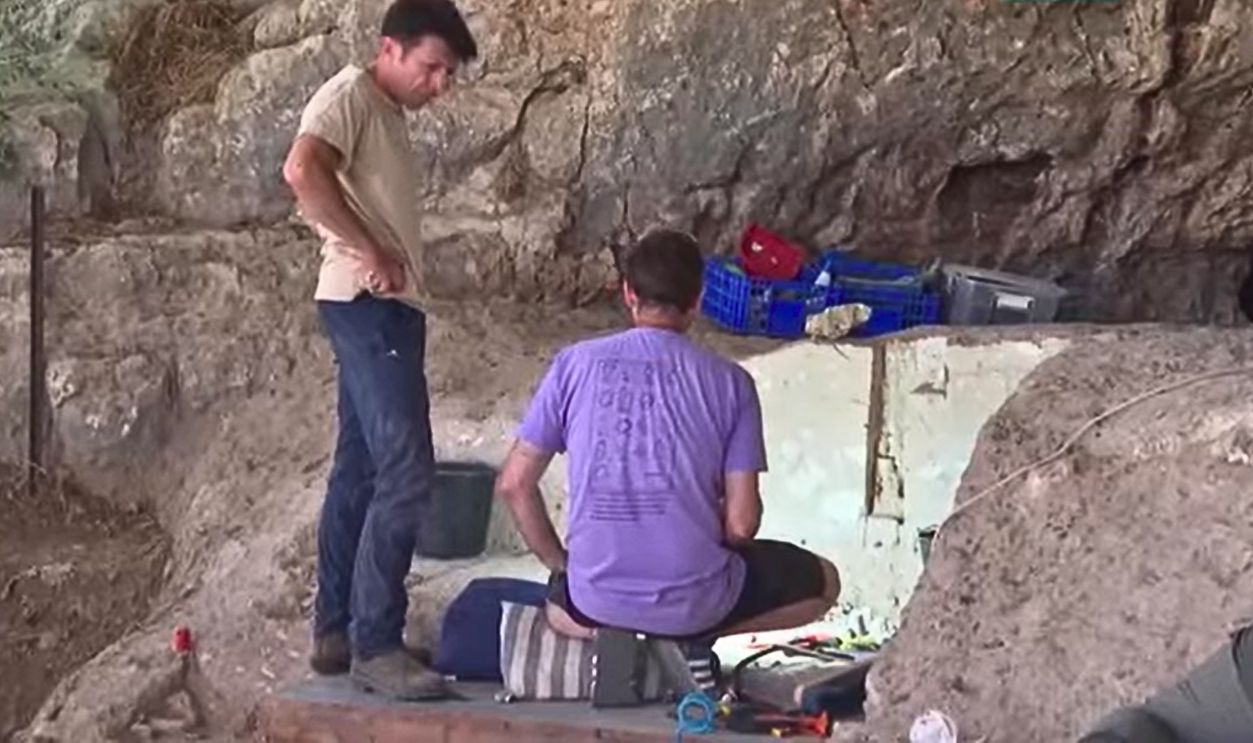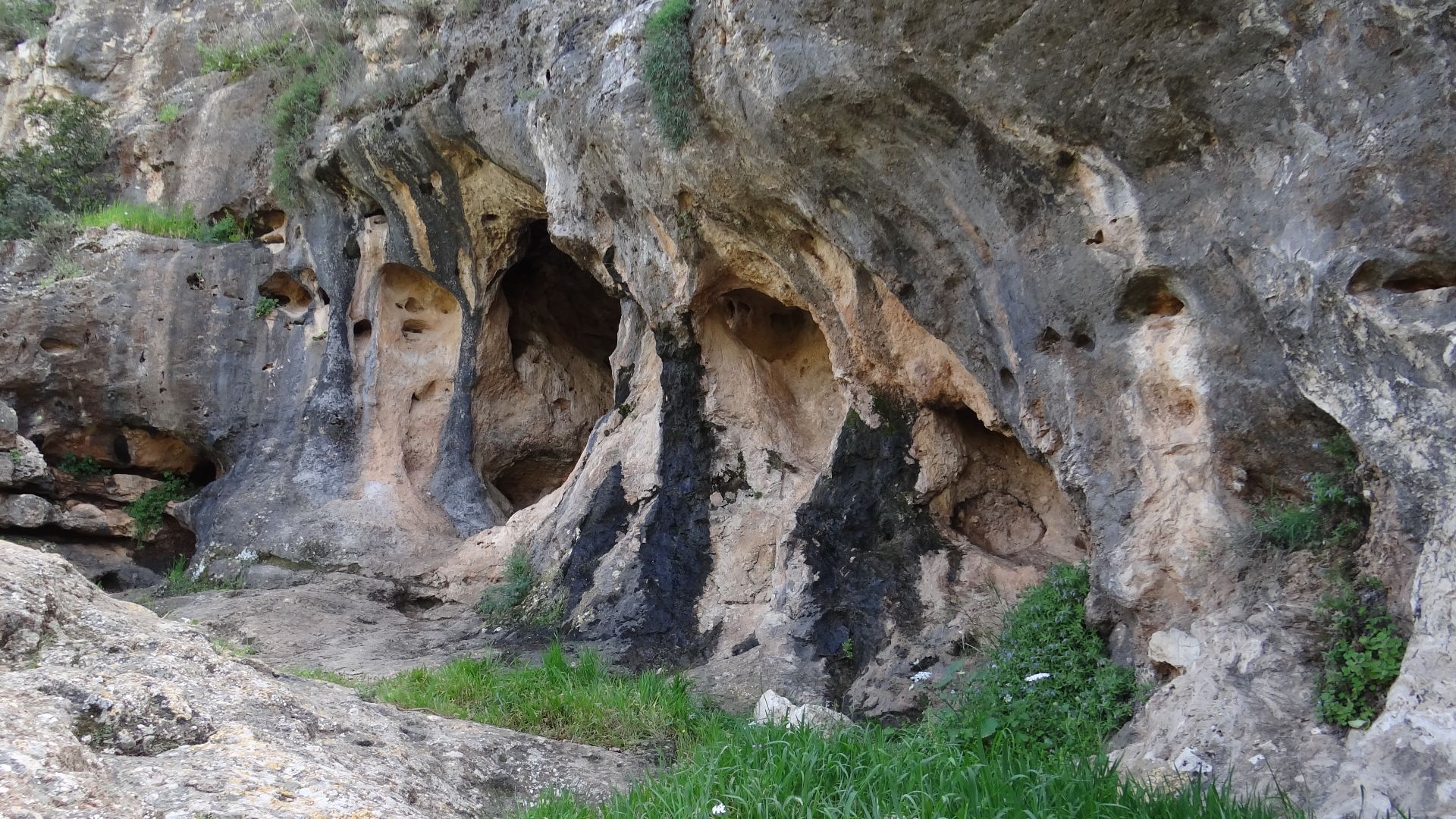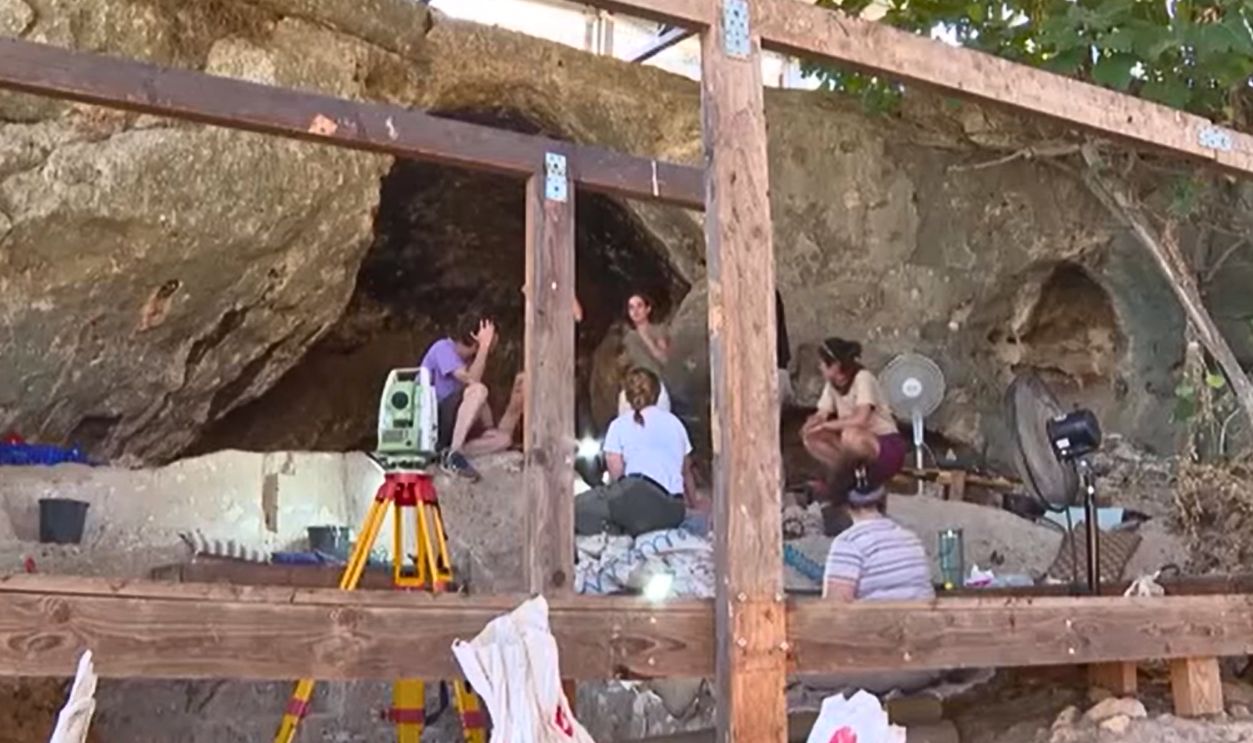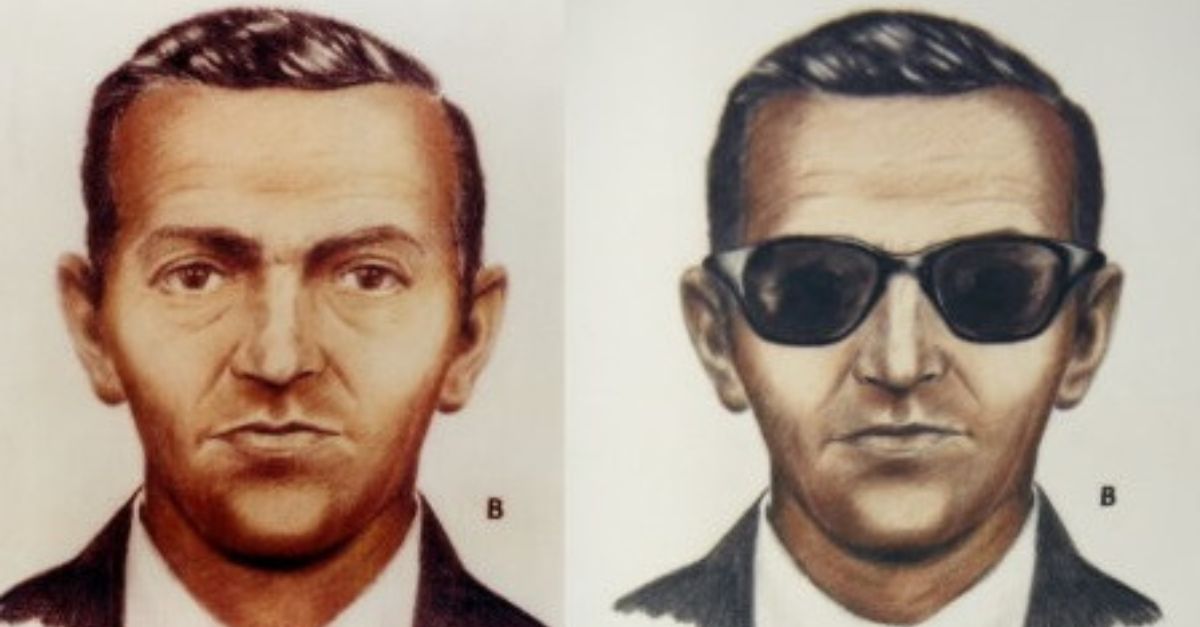Patience Might Soon Pay
Archaeologists are endlessly patient. One dig brings dust, the next, something ancient. This time? Bones curled like questions, stones out of place, ochre smudged on cave walls as traces of ritual older than expected.
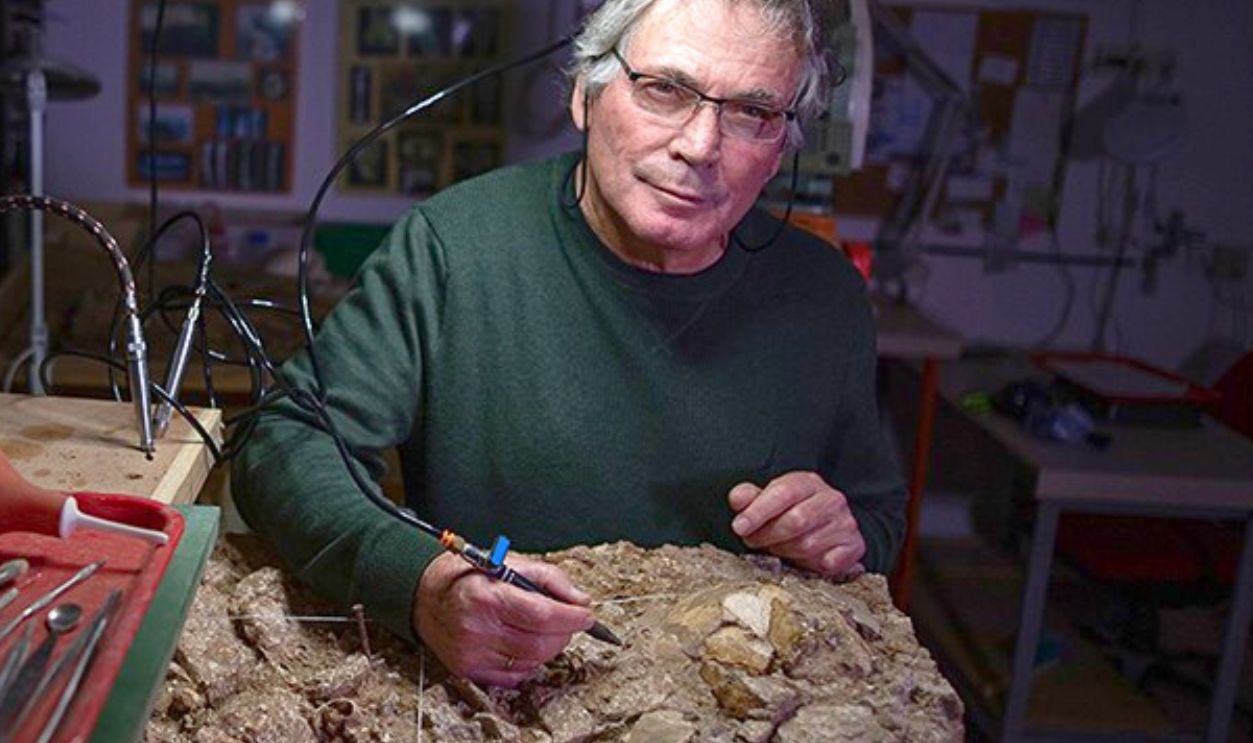
First Sign Of Something Big
Researchers first noted prehistoric flint flakes in the cave in the 1940s. But systematic digs didn’t start until 2017. They recognized cemented sediment as a sign of long‐buried potential, yet the team paused until technology and stratigraphy aligned. When bones emerged in layered ash, they realized the cave hid secrets.
Who Led The Investigation
Led by Prof Yossi Zaidner of Hebrew University’s Institute of Archaeology and Prof Israel Hershkovitz from Tel Aviv University’s Dan David Center, the project combines expertise in human cultural evolution and paleoanthropology. Dr Marion Prevost joined as co‑director, shaping key excavation protocols.
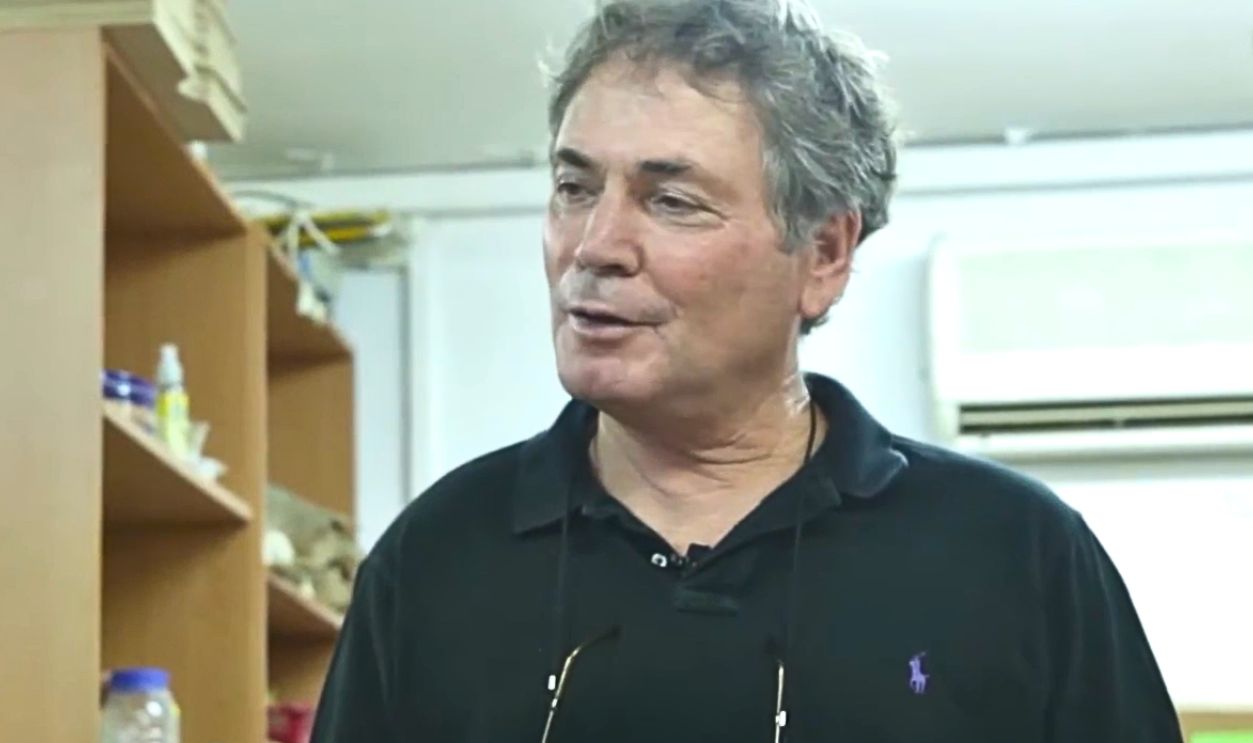 Unlocking the Secrets of Skeletons – Prof. Israel Hershkovitz by TAUVOD
Unlocking the Secrets of Skeletons – Prof. Israel Hershkovitz by TAUVOD
Institutional Collaboration
The excavation united teams from Hebrew University in Jerusalem and Tel Aviv University, supported by specialists in dating, zooarchaeology, geoarchaeology, and physical anthropology. International collaborators from the Geological Survey of Israel and CNRS labs in France bolstered dating and material analyses.
Major Challenges Faced
Excavators tackled concrete‐like sediment, painstakingly chipping through ash and limestone. They worked amid the squeaking of fruit bats, using delicate pneumatic drills, and moved slowly to avoid damaging the fragile skeletons. Funding, soil cementation, and meticulous stratigraphy all tested patience and precision. Notwithstanding, the team still explored…
The Tinshemet Cave Near Shoham, Central Israel
Hiding in the limestone terrain near Shoham, Tinshemet Cave first came to light in 2016-17. This unassuming crevice held secrets spanning over a hundred millennia. The entrance is just a narrow mouth concealing ancient whispers and ancestral echoes beneath the Israeli Earth.
Remains Date Back Over 100,000 Years
Radiocarbon methods place the remains between 100,000 and 110,000 years old. That’s twenty times as old as the pyramids and older than any written word. These individuals walked the Earth before mammoths. And this cave predates nearly every known ritual burial site on record.
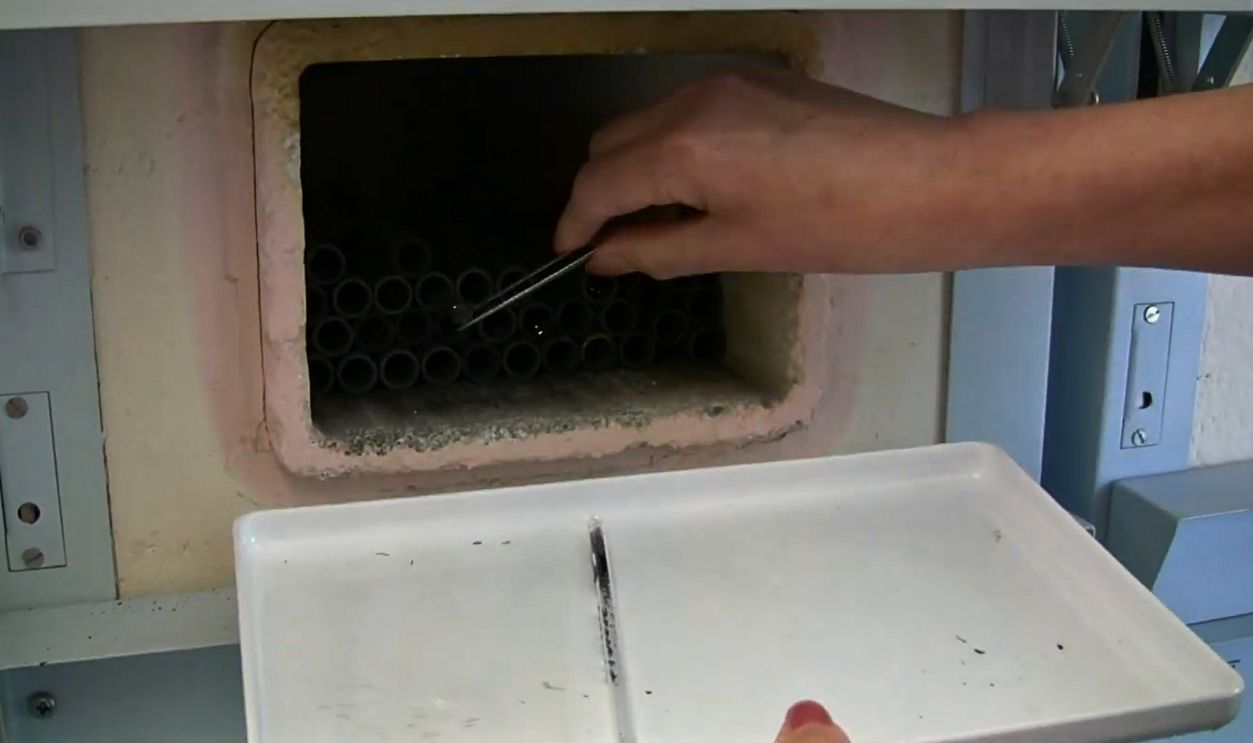 Dating - the Radiocarbon Way by Earth Sciences New Zealand
Dating - the Radiocarbon Way by Earth Sciences New Zealand
Five Individuals Were Found At The Site
Not one, but five ancient humans lay within, each in varied states of preservation. Two were complete skeletons. Nearby, three more skulls and scattered bones whispered stories of life, death, and—maybe—love. Every bone tells a chapter; one we are yet to know.
Bodies Were Buried In Deliberate Pits
No accidental burial here; these graves were planned. Each pit was dug purposefully, carved into the cave floor like prehistoric cradles of death. One could even speculate that these people were buried with reverence, that they’ll be missed.
Skeletons Were Placed In Fetal Position
From the evidence collected, it seemed the people of that time curled the dead into fetal positions, knees drawn close like sleep-tucked children. What does that say about their beliefs? Birth, perhaps, mirrored in passing. Or maybe a return to the womb of the Earth?
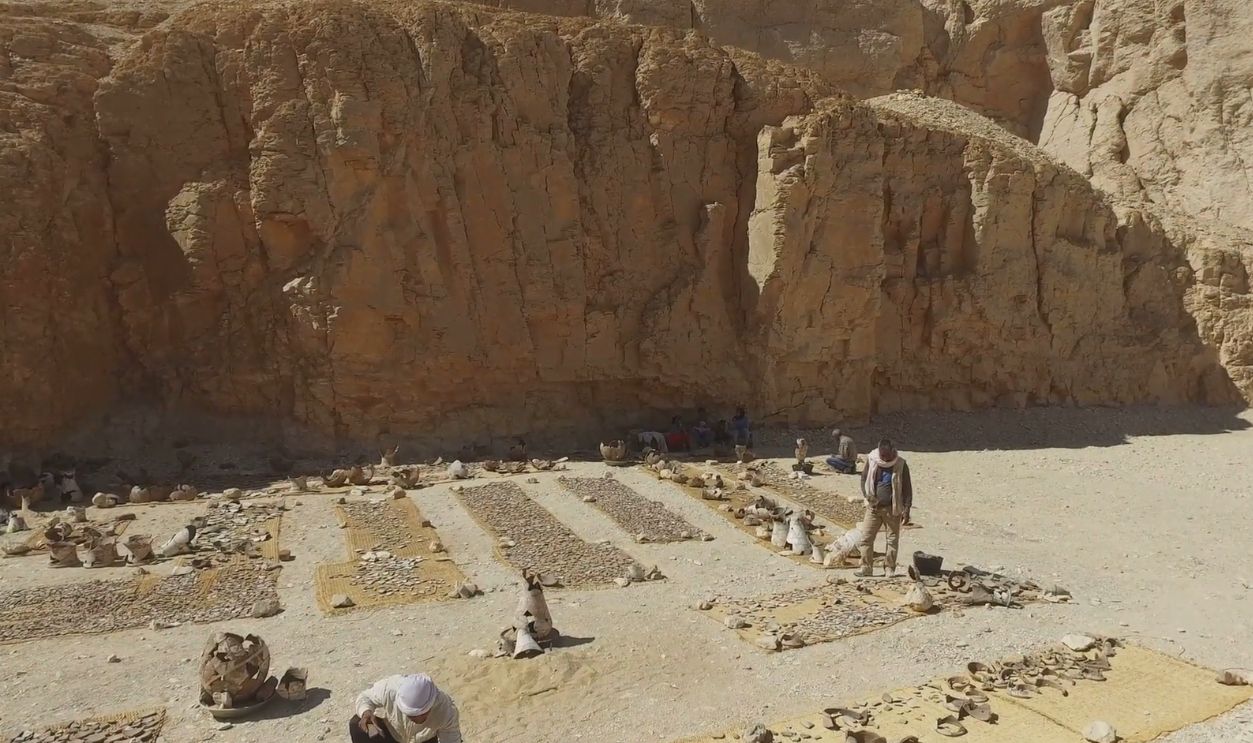 The Surprising Relationship Between Humans and Neanderthals by Earth.com
The Surprising Relationship Between Humans and Neanderthals by Earth.com
Ochre Was Present In The Burials
Reddish pigment, called ochre, stained parts of the burial site as an early form of symbolic expression. They brought it there. Why? Perhaps it meant something like “life” or “rebirth”. Whatever the meaning, painting with dirt was a ritual. That much we know from past and present civilizations.
Among The Human Remains Were Animal Bones
Scattered among the bodies were deer bones and other animal fragments. Since there were no signs of cooking nearby, it seemed like they were quiet companions in the afterlife. Were they offerings, spiritual guides, or pets? The departed didn’t walk alone, at least not in their culture’s mind.
Basalt Stones Found With The Dead
Basalt pebbles—some sourced from hundreds of miles away—sat beside the corpses. And this brings us to a new set of questions: who brought them, and why did they bring them? From past civilizations—from the Egyptians to Neolithic Europeans—stone was used to signify permanence, power, and spirituality, anchoring memory.
Ash Layers Helped Preserve The Site
Fire left behind layers of ash that acted like a time capsule. Instead of destroying, the ashes protected items by sealing them all in. A prehistoric fire pit may have inadvertently gifted history to modern archaeologists. It’s like nature left a label: “Do not disturb”.
Limestone Chemistry Kept Bones Intact
Israel’s basic limestone did the departed a strange favor. Typically, it would react with acid and eat away at bone, but here, it worked differently, slowing decay to a crawl. Chemical quirks in the cave’s geology gifted us rare full skeletons, frozen in time.
DNA Testing Is Underway On The Remains
Genetic material extracted from these ancient bones could soon reveal whether they were Homo sapiens or a fascinating hybrid. Don’t hold your breath just yet, though, because DNA degrades fast. But if it speaks soon, it could crack open one of evolution’s tightest-lipped chapters.
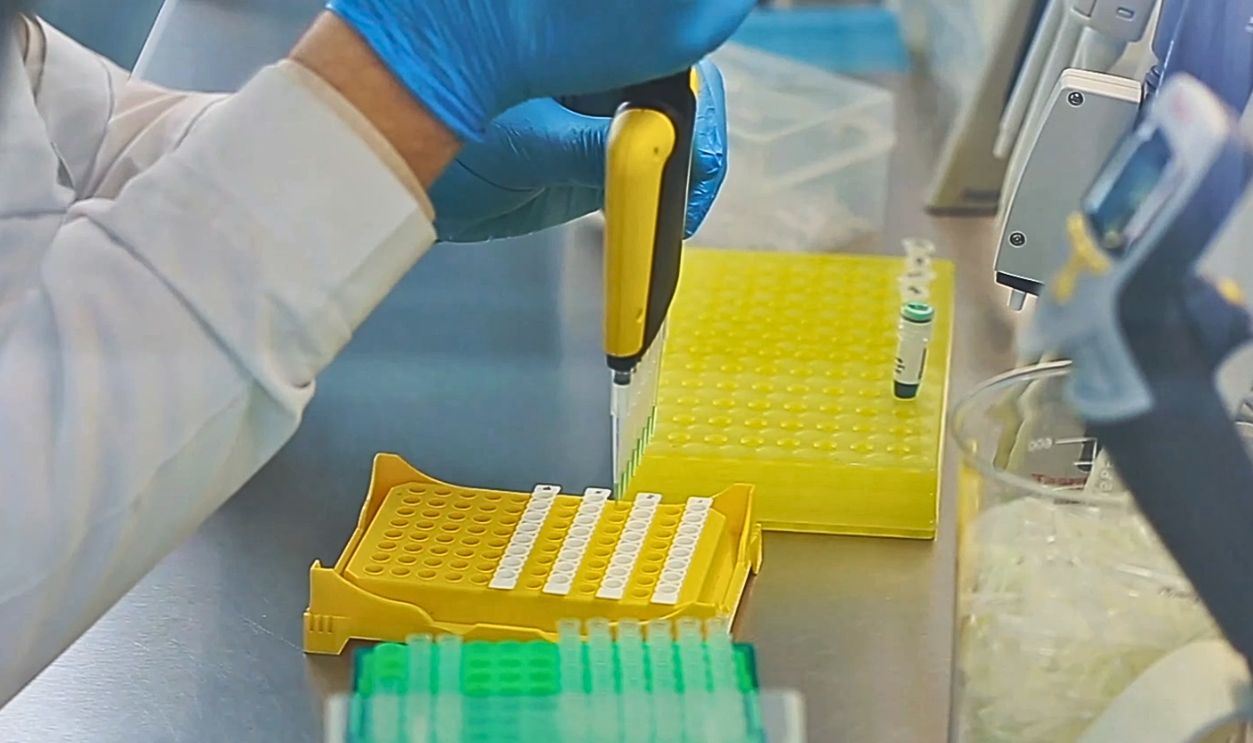 How does DNA testing work (Complete guide) by Every Cell A Universe
How does DNA testing work (Complete guide) by Every Cell A Universe
Site Resembles Earlier Caves Like Skhul
Turns out that Tinshemet isn’t Israel’s first ancient burial. Skhul Cave, located on Mount Carmel, holds similar remains, also curled, also painted. But Tinshemet may be older and more intact. Think of it as Skhul’s bolder, older sibling, the one who remembered to bring ochre and bones to the ritual.
Qafzeh Cave Provides Ritual Parallels
In Qafzeh, archaeologists have also found a youth buried with deer antlers across his chest; clearly not for dinner. The Tinshemet site echoes this symbolism. When you connect the dots between caves, a picture of ancient ceremony starts to emerge. It’s one of continuity, not coincidence.
Burials Suggest Early Spiritual Awareness
No one buries the dead like this unless they care deeply. You don’t place a body in a pit, curl it gently, and cover it in ochre by accident. These burials scream belief. Maybe in an afterlife. Maybe in their ancestors. But certainly in something.
 Marco Almbauer, Wikimedia Commons
Marco Almbauer, Wikimedia Commons
The Site Adds To Global Paleolithic Records
Before this finding, Europe and Africa dominated the conversation. Now, Tinshemet shouts from the Levant, “Don’t forget us!” It slides neatly into the timeline beside Blombos and Shanidar. That’s a significant leap for a cave that sat quietly for 100,000 years.
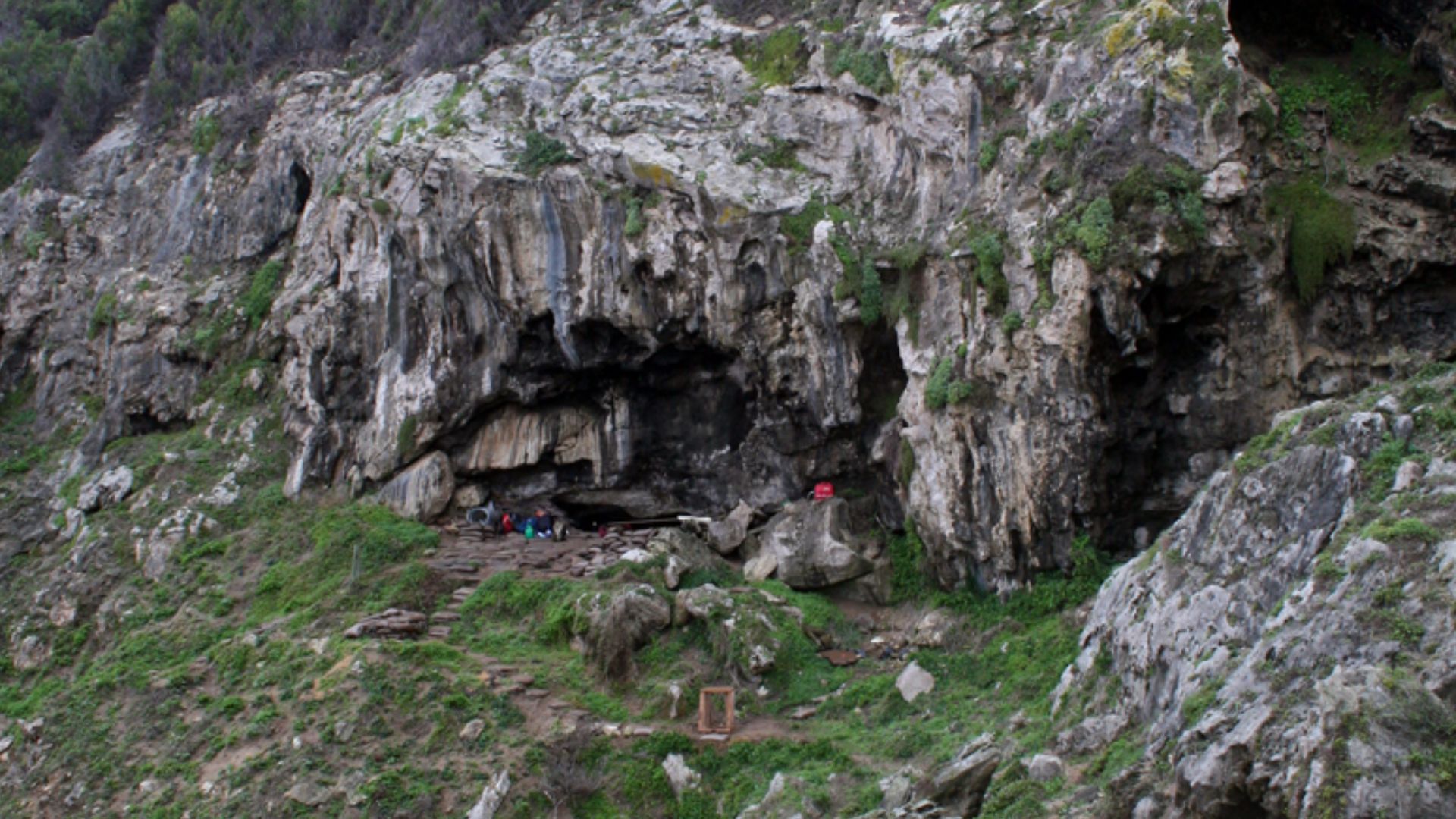 Vincent Mourre / Inrap, Wikimedia Commons
Vincent Mourre / Inrap, Wikimedia Commons
Site Sits In A Human Migration Corridor
The Levant (a crossroads of ancient civilizations) served as a prehistoric superhighway connecting Africa, Asia, and Europe. Whoever rested in Tinshemet may have passed through deserts, rivers, villages, and rival groups. This cave, then, could be a global bookmark—marking where wandering feet paused to bury a fellow traveler.
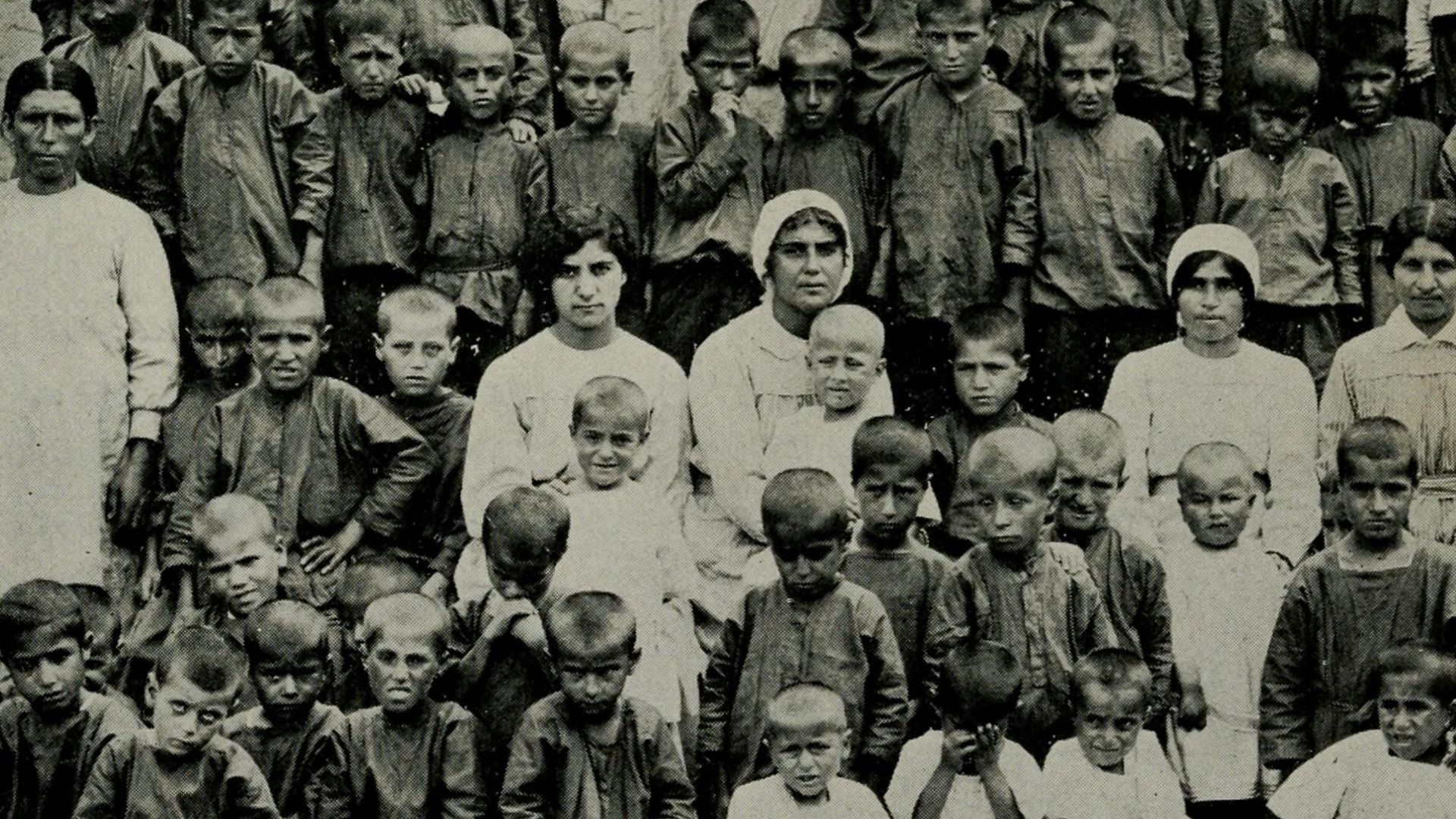 Internet Archive Book Images, Wikimedia Commons
Internet Archive Book Images, Wikimedia Commons
No Grave Disturbance Indicates Burial Respect
So far, researchers report no evidence that any burials at Tinshemet Cave were subsequently dug up or reused, which is rare. Over time, caves become crowded, bones are shuffled, and rituals fade. But here, the departed remained untouched. It’s as if invisible fences—mental or cultural—kept intruders away for generations.
Human Symbolism Existed Earlier Than Expected
Think symbolism began with cave paintings? Nope. Tinshemet proves it predates art on walls by tens of thousands of years. Here, people used pigment and objects to speak beyond words. Long before alphabets, they buried meaning in silence and soil.
Discovery Challenges Old Evolution Timelines
Textbooks may need a refresh. Cultural complexity—once pegged to later stages of Homo sapiens—now clearly bloomed earlier. These burials draw spiritual behavior back to past human evolution practices, long before the advent of agriculture or civilization. The past just moved farther into the dark.
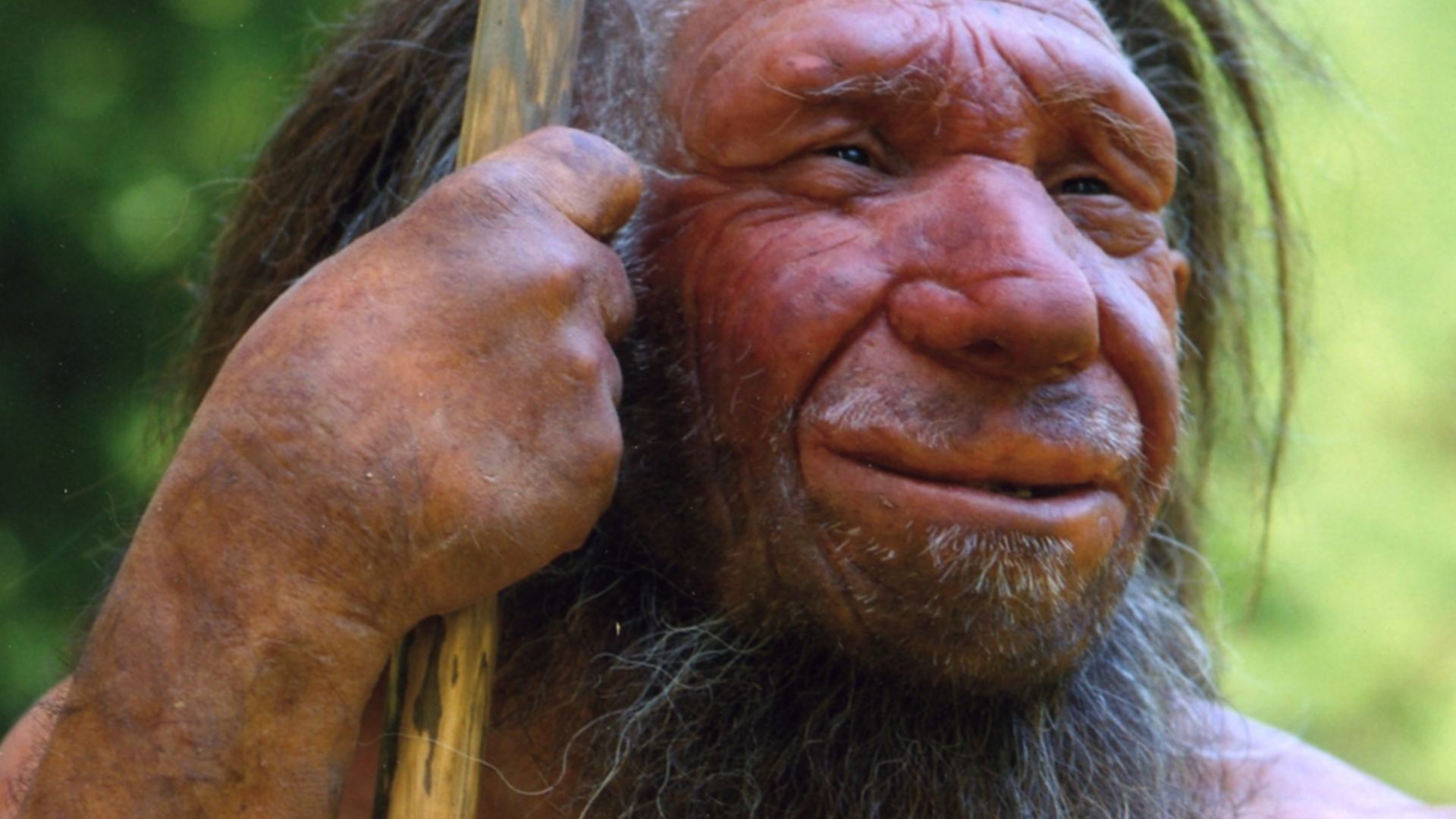 Neanderthal-Museum, Mettmann, Wikimedia Commons
Neanderthal-Museum, Mettmann, Wikimedia Commons
Find Strengthens Israel’s Role In Human History
Israel already housed ancient landmarks, but this site cements its standing as a cradle of human consciousness. Tinshemet joins a growing list of game-changers—Skhul, Qafzeh, and beyond. For archaeologists, it’s become essential terrain, not just an intriguing detour.
Tinshemet Cave Is Now Protected
Today, Tinshemet is a protected heritage zone. Even though visitors cannot yet stroll in, its status guarantees preservation. That cave became a museum of the invisible: a spiritual archive locked in limestone and guarded by time.

